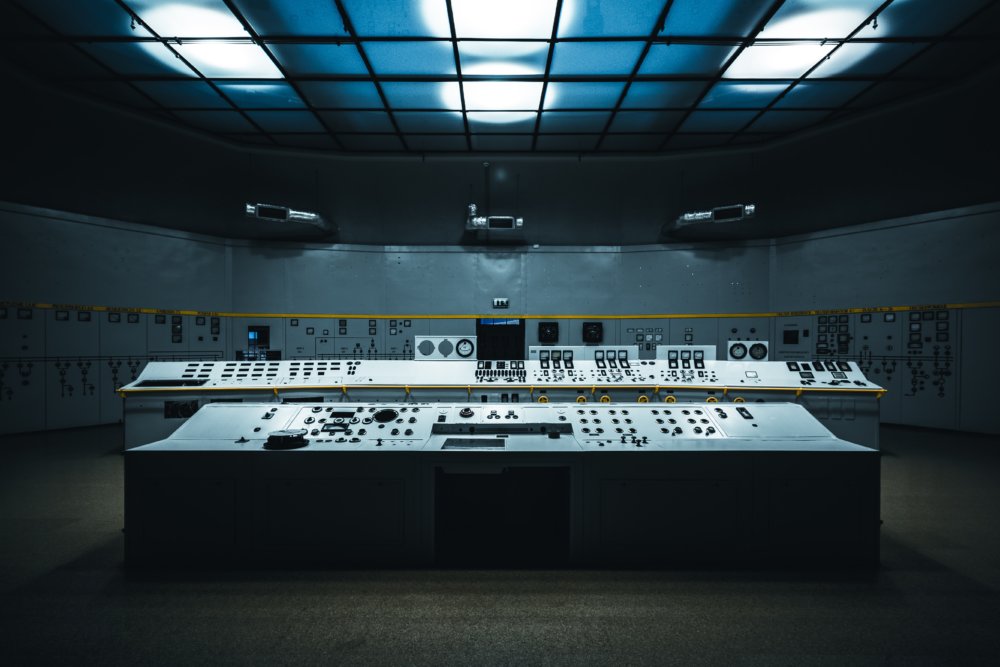John McCarthy and Minsky coined artificial intelligence (AI) phrase in 1956 to denote machines that can carry out tasks with a degree of intelligence to possibly resolve a problem. It has come a long way since then but it still has a longer way to go. Still, there are things worth knowing about artificial intelligence and its subset machine learning.

AI is everywhere
AI can be categorised into Narrow AI and General AI. It encapsulates machine learning and deep learning. AI is defined in various ways. It could mean that a machine gains the capability to mimic human intelligence. It could be a computer system that can carry out tasks that would involve the use of intelligence such as speech recognition, decision making, language translation and visual perception, which fall under Narrow AI. It is everywhere, ranging from applications such as Siri, chat-bots, business calendars, carrying out hotel bookings, examining X-Rays and CT Scans in healthcare, face detection in crime or in mobiles, identifying faults in machines and in analysing online data and content to name but a few. General AI is adaptable intellect that human being display and which is yet not a possibility.
Machine Learning
AI works on preset programming and use of algorithms to say it in the simplest way. Machine learning falls within AI but it is differentiated by the fact that machines learn from data and modify programs as they learn. As they go along they can reduce errors or achieve a degree of predictive capability. Errors detected in the process go into modification of the algorithm until error reduces. Machine learning encompasses deep learning incorporating neural networks that, in turn, are comprised of a set of algorithms. Deep refers to the layers in a neural network with a feature hierarchy.
The higher the number of layers the more is the complexity of training but so is the precision of outcomes. In short, machine learning simply programs an algorithm so that it acquires better capabilities. Usually, when a machine learning program is developed it is fed large amounts of trial data from which it learns and modifies itself while developers too keep an eye and fine tune the process until the required degree of accuracy is achieved. One example of ML is self-driving cars. The process of machine learning is quite complex and Google Brain has even developed a Tensor processing unit chip to handle its tensor-flow processes with speed and precision. This is especially important where large amounts of data are involved.
Machine learning can be further divided into supervised learning, unsupervised learning and reinforcement learning. The machine learning system analyses large amounts of data with markers for specific aspects from which they learn. Unsupervised learning simply leaves it to the algorithm to identify and learn from patterns in data. Reinforcement learning is a trial and error process in which the machine itself decides on the best end result.
Big data and machine learning
The internet and other sources generate massive amounts of data. The data contains nuggets of useful information that must be mined, sometimes in real time. The process is much like gold or diamond mining. It is difficult to analyse big data and zero in on specifics that are of use to a business for marketing or other purpose. This is where machine learning makes a difference by having self training capabilities to identify hidden patterns, show up trends and derive actionable intelligence.
Healthcare is one such area where machine learning with predictive analysis helps doctors achieve better efficiency. Machine learning identifies customer usage patterns on online retail sites and helps deliver personalised content. Machine learning can speedily analyse data in financial services and detect attempts at fraud or to help institutions create investment strategies. Data in automotive industry can be used to improve marketing, identify machine defects before they actually bring production to a standstill and manage inventory.
IoT and AI
This is the age of the internet of things. Sensors of diverse types generate data that would be difficult to analyse and make sense of were it not for artificial intelligence. Growth of one drives growth of the other. One of the simplest use areas that most people are familiar is households with sensors connecting air conditioners, ovens, washing machines, heaters, TVs and other devices. AI technology is what powers voice commands that can control these equipment through the sensors.
The future
Some say that artificial intelligence will really come into its own by 2040 when machines with AI will think and act on their own and create intelligent machines. Meanwhile, machine learning will certainly make for an easier life. Amazon’s Alexa in which one can use voice commands to find information is just the beginning to a future in which robots can be activated to do tasks for humans. Of one thing we can be sure: AI and machine learning specialists will be in demand in the near and far future.
Chris Mcdonald has been the lead news writer at complete connection. His passion for helping people in all aspects of online marketing flows through in the expert industry coverage he provides. Chris is also an author of tech blog Area19delegate. He likes spending his time with family, studying martial arts and plucking fat bass guitar strings.
